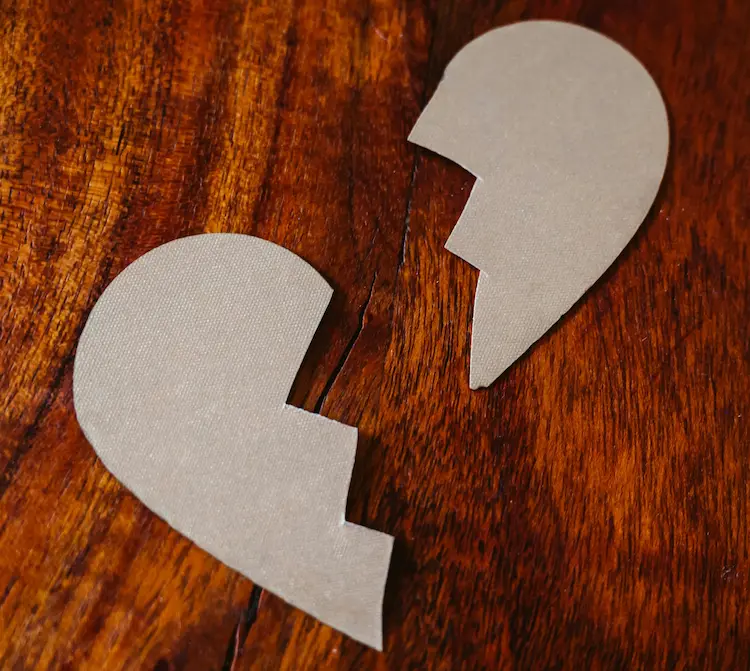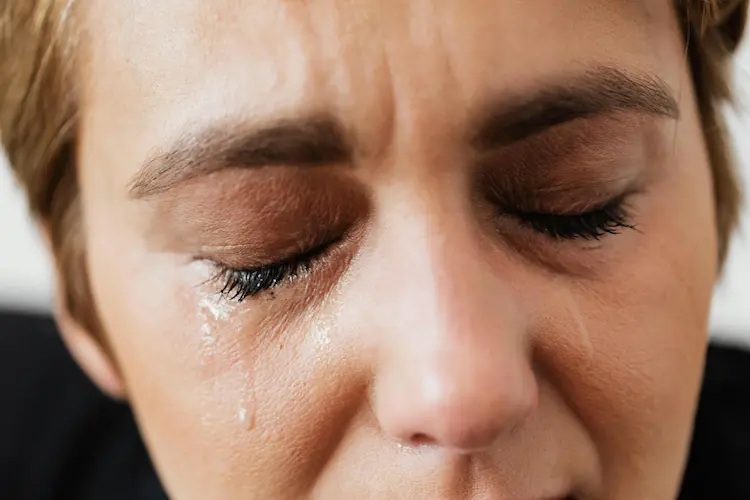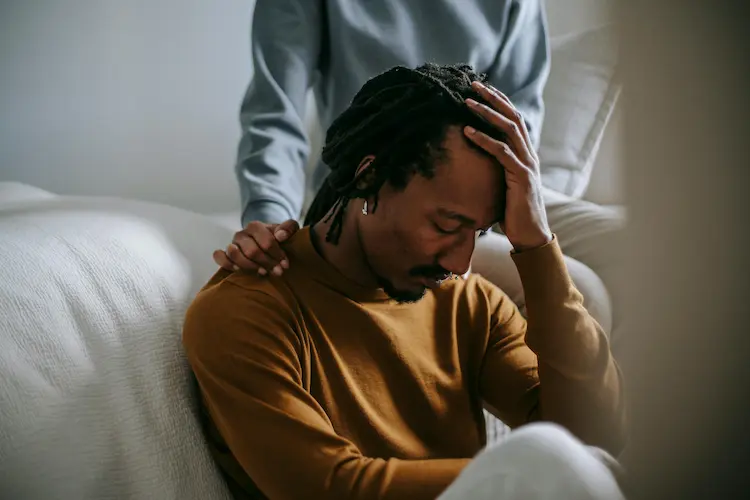
Grief is a natural response to loss, but it manifests in many ways depending on the individual and their unique situation. Understanding the various types of grief can help us define grief and find healthier ways to cope. In this guide, we’ll explain 16 types of grief and how they can impact people. Whether searching for a suitable mourning synonym, trying to define mourning, or looking for other words for sadness, this exploration of grief will help you better understand this complex emotional experience.
1. Anticipatory Grief
Anticipatory grief occurs when a person is expecting a loss, such as when a loved one is terminally ill. It can be as intense as the grief that follows the loss and is a type of grief often experienced before the actual event occurs. This form of grief allows individuals to begin the mourning process earlier.
2. Normal Grief
Normal grief refers to the type of grief most commonly experienced after a significant loss. It can include emotional reactions like sadness, anger, and confusion. The definition of grief response here is simply the natural emotional reaction to loss, and it often follows a more predictable path of mourning and recovery.
3. Complicated Grief
Complicated grief is when the grieving process doesn’t follow the typical timeline and persists for an extended period. Unlike normal grief, this type can feel all-consuming and interfere with daily life. This type of grief may need therapeutic intervention to help the person move forward.
4. Disenfranchised Grief
Disenfranchised grief occurs when society doesn’t acknowledge the suffering or the loss. This can happen in situations like the death of a pet, the end of a non-marital relationship, or the loss of a job. People experiencing disenfranchised grief may struggle because they feel their grief isn’t validated.
5. Chronic Grief
Chronic grief lingers for years with no resolution. This type of grief can often prevent the individual from moving on or recovering emotionally. It is closely related to complicated grief and requires intervention, as it affects both mental and emotional health.

6. Delayed Grief
Delayed grief is when a person does not experience or express sorrow at the time of a loss but grieves later, sometimes even years after the event. This delay in emotional processing often results from repression or avoidance, only for the grief to resurface unexpectedly.
7. Cumulative Grief
Cumulative grief is experienced when multiple losses happen in a short period. This type of grief can overwhelm the person and lead to emotional exhaustion because they haven’t had time to process one loss before another occurs.
8. Masked Grief
Masked grief occurs when individuals exhibit behaviors that are not typically associated with grief, such as aggression or risky behavior. This grief response definition includes physical symptoms and unusual actions that mask the underlying emotional pain.
9. Collective Grief
Collective grief occurs when an entire community or society grieves together after a significant event, such as a natural disaster, war, or national tragedy. It’s a shared experience of mourning that can bring people together and offer mutual support.
10. Exaggerated Grief
Exaggerated grief is a type of grief where the emotional response becomes so overwhelming that it leads to dysfunctional behavior, such as substance abuse or self-harm. This grief often requires immediate professional help to prevent further emotional harm.

11. Inhibited Grief
Inhibited grief happens when a person suppresses their grief, either consciously or unconsciously. This suppression can lead to physical symptoms like headaches, anxiety, or even depression because the emotional pain hasn’t been processed.
12. Absent Grief
Absent grief occurs when there is little or no visible reaction to a loss. The individual may not show any outward signs of grief, leading others to think they aren’t affected by the loss. However, the emotions may be suppressed and can resurface unexpectedly.
13. Secondary Loss Grief
Secondary loss is the grief experienced over the ripple effects of the primary loss. For instance, losing a spouse may also mean the loss of financial security, companionship, or the future they envisioned together. This type of grief adds layers to the mourning process.
14. Ambiguous Loss Grief
Ambiguous loss occurs when there is uncertainty about whether the person is truly gone, such as in the case of a missing person or someone with severe dementia. The inability to resolve the loss can complicate the grieving process.
15. Traumatic Grief
Traumatic grief follows a sudden or violent loss, such as an accident, suicide, or murder. The shock and trauma make this type of grief particularly difficult to process and often require specialized therapeutic support.
16. Grief After Sudden Loss
Grief after a sudden loss happens without any warning, leaving little or no time to prepare emotionally. This type of grief often results in intense shock and disbelief, which can prolong the mourning period and make it harder to recover.

Understanding Grief and Mourning
The many types of grief show that mourning is a deeply personal process, and there is no one-size-fits-all approach. When we define grief, it helps to understand that it is not just one emotion but a complex combination of sadness, anger, confusion, and even relief in some cases. Exploring other words for sadness, like melancholy, sorrow, or despair, can help express the wide range of emotions grief can invoke. Similarly, finding a mourning synonym, such as lamentation or bereavement, can provide insight into the different facets of this emotional response.

Embracing the Complexity of Grief
Grief is an inevitable part of life, and its complexity means that no two experiences are the same. Whether you’re trying to define mourning, understand the grief response definition, or find other words for sadness, recognizing the various types of grief can help you process loss more healthily. Grief takes many forms, but knowing you are not alone in your experience can make the process more manageable. As you explore how to define grief, remember there is no right or wrong way to grieve—only your way.

